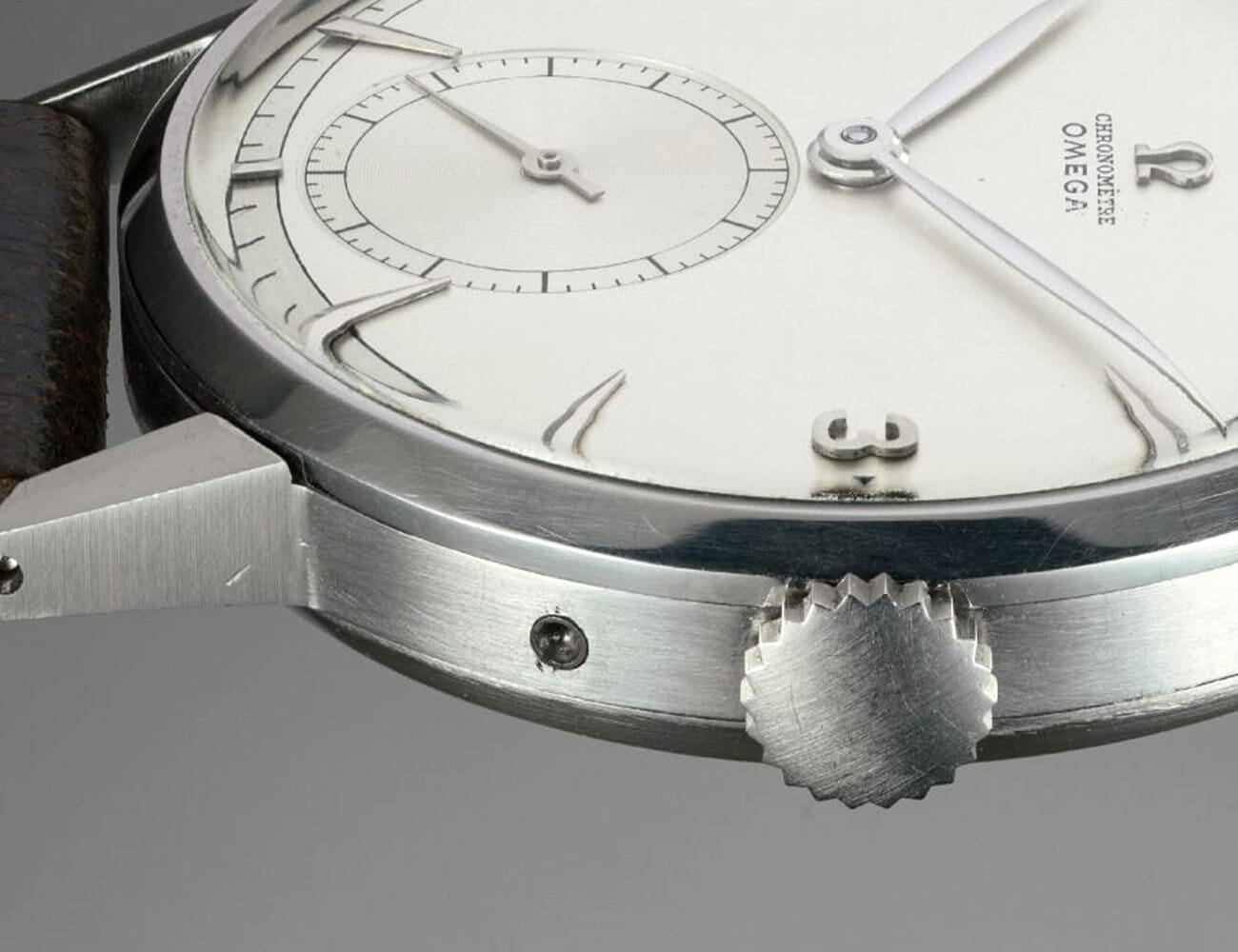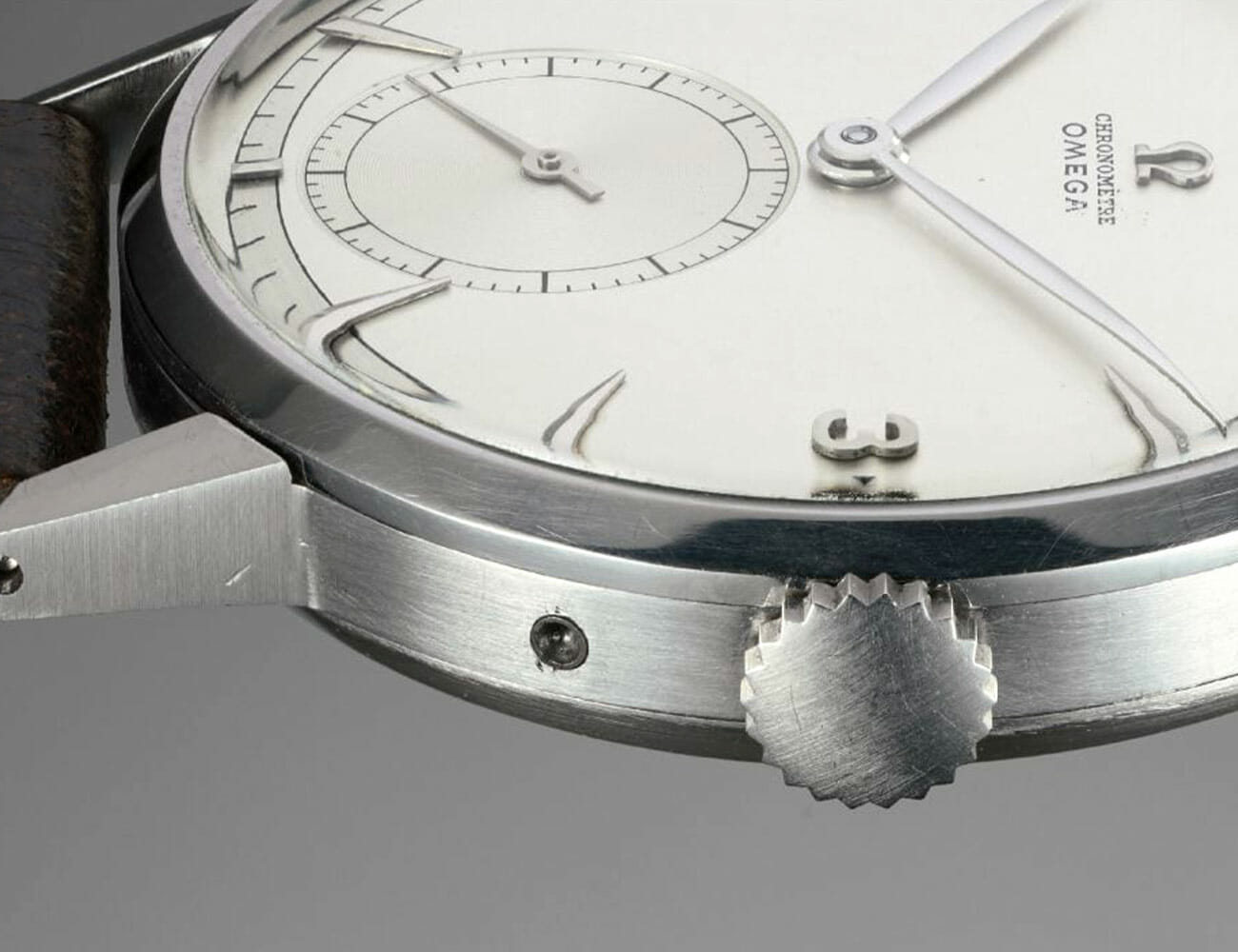How a Plastic Swatch Became a Hardcore Punk Icon
Welcome to Watches You Should Know, a biweekly column highlighting little-known watches with interesting backstories and unexpected influence. This week: the Swatch X-Rated .
For current residents of New York City who are enjoying the lowest crime rate in decades, it’s easy to forget the NYC of the 1980s where violent crime was rampant, crack cocaine was king, and not much was being done about it. Crime rates soared causing rent prices to plummet, which allowed all kinds of new subcultures to germinate in the city.
Punk rock flourished during this time in venues like CBGBs and A7, but with it came the violence and hard drug use that made the punk scene so infamous. Yet in the midst of the drug and alcohol abuse rose an opposition to it; a movement called Straight Edge was born within the East Coast hardcore punk scene, whose devotees refrained from the drugs, alcohol and casual sex that were so common at the time.
The movement quickly developed a symbol: a bold X, with adherents regularly marking large Xs on the back of their hands or anywhere else they could fit one. They did this to replicate the markings used by night clubs on underage attendees, indicating to the bar staff that they couldn’t be served any booze.
More Watches You Should Know
• Bulova Accutron
• Benrus Sky Chief
• Glycine Airman
Photo: DoubleCross Webzine
As Straight Edge was defying the norms of the punk scene in America, Swatch was born in Switzerland to defy the norms of Swiss watchmaking. The year was 1983, and the Quartz Crisis had come to a head. Hundreds of traditional Swiss watchmakers had gone out of business, but Swatch rose from the ashes. The name “Swatch” is a contraction of “second watch,” which was the idea from the get-go: to produce inexpensive and replaceable plastic-cased watches that people could rotate in and out of their wardrobe.
The idea was an instant success. The low cost of production and high profitability allowed Swatch to produce the wide range of unusual watches with bold, eye-catching designs for which they quickly became known. In 1987, they unassumingly released a minimalist, white-dialed watch adorned with a large X, and it fit right in with their catalog. However, the watch would quickly find popularity with an unintended demographic.
The Straight Edge faithful jumped at the chance to own another accessory with an X on it, making the Swatch X-Rated an instant hit among the movement’s members. Traditional punks weren’t typically known for wearing watches as they usually opted for spiked bracelets and chains instead, but Straight Edgers were quickly becoming less and less like traditional punks.
While punks typically adorned themselves with leather, spikes and chains, Straight Edge youth dressed more comfortably and simply: They chose letterman jackets and sweatshirts over leather jackets, crew cuts over mohawks, and sensible accessories like watches over studded jewelry. Straight Edgers were essentially showing up to concerts clean-cut and dressed like jocks — an archetype that was not common or welcome at most punk shows.
Yet, it’s this type of contradiction that typified the Straight Edge movement: they opposed drug use by abstaining, they rejected punk fashion by donning athletic wear, and they came to renounce the negativity of punk by adopting an optimistic moral outlook. For youths living in New York in the late 1980s, wearing their Swatch X-Rated to a night club meant opposing everything about the debauched lifestyle that was so common in the punk scene, and New York City’s nightlife in general.
Photo: Steemit
The Swatch X-Rated was eventually discontinued, which only bolstered the prestige it held. As it became more rare, the X-Rated dwindled from its status as a Straight Edge uniform and became more of a statement piece. For anyone at a Straight Edge show, an original X-Rated was the most reputable and hyped piece of gear you could own.
Eventually, the salad days of the movement faded. For both newcomers and nostalgic veterans of the Straight Edge scene, looking back at videos and photos of the original movement meant seeing the X-Rated everywhere, cementing its legendary status. The resale market for an original X-Rated rose to hundreds or even thousands of dollars; far more than the original retail price, and many people turned to knockoffs and copycats.
While New York City’s current nightlife doesn’t involve the level of hard drugs and violence it saw in the 1980s, the movement that rose to oppose it still remains: A new generation of frustrated kids have found meaning in making a commitment to abstain from drugs and alcohol, and there are dozens of Straight Edge bands still playing shows to an active community today. Much to the delight of those Straight Edgers (and the dismay of watch resellers), Swatch finally reissued the X-Rated in Spring of 2018.
While the originals still fetch a pretty penny in the resale market, a brand-new X-Rated can be had for just $75. And while the reissue has certainly reduced the level of clout that comes with owning one, it’s given a whole new generation of Straight Edge adherents the opportunity to partake in a decades-old tradition, and wear their beliefs on their wrist. And based solely on the number of X-Rated’s I’ve seen personally at New York hardcore shows as of late, I’d say both Straight Edge and the Swatch X-Rated are alive and well.






